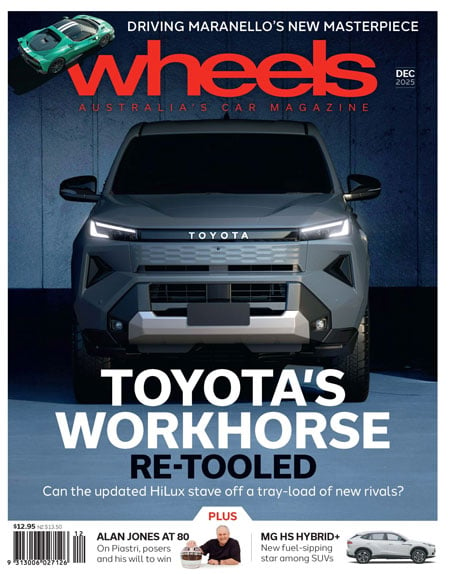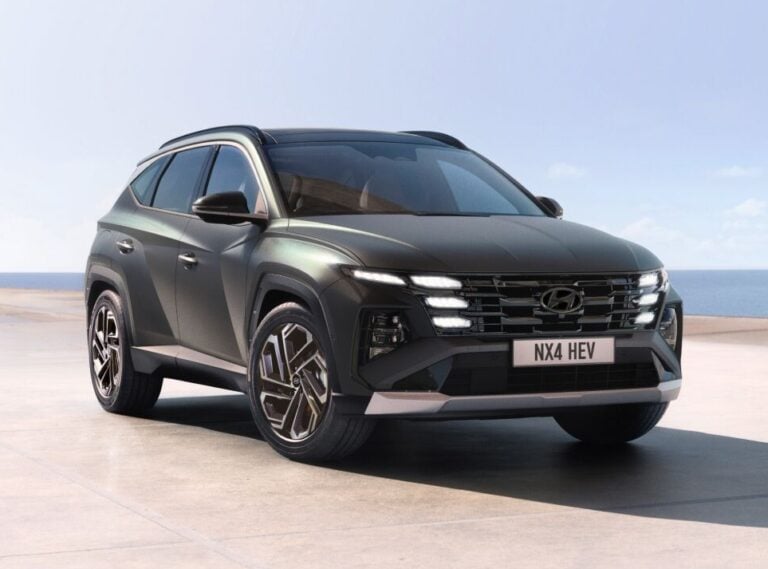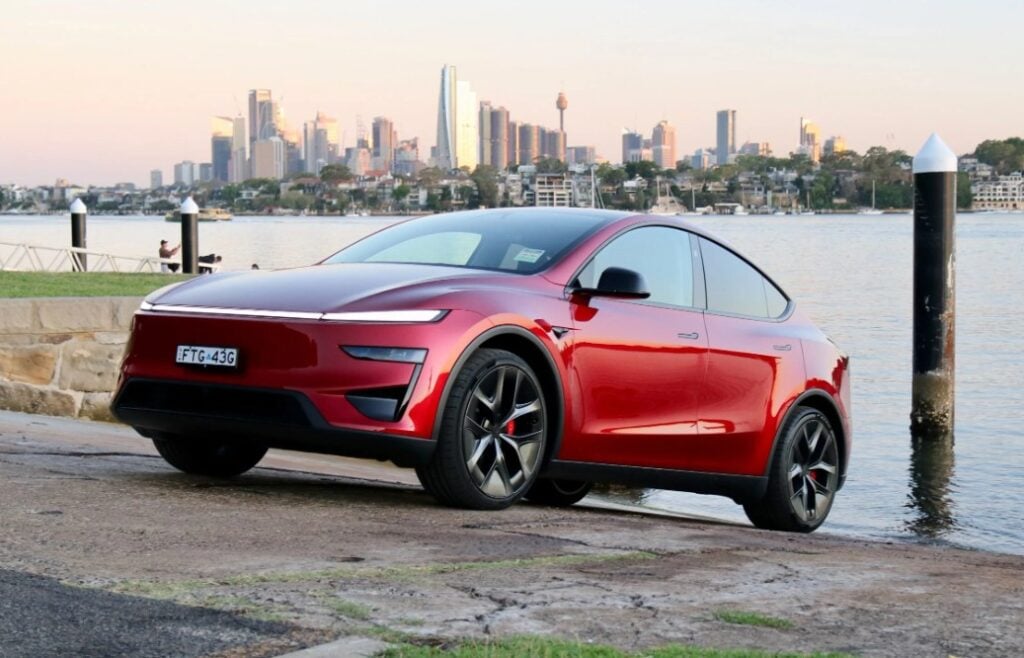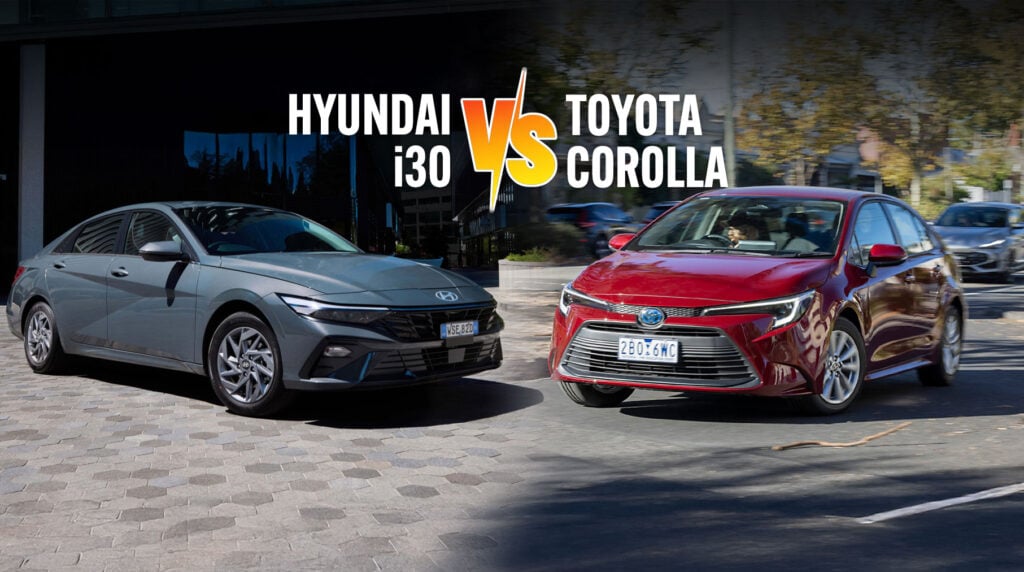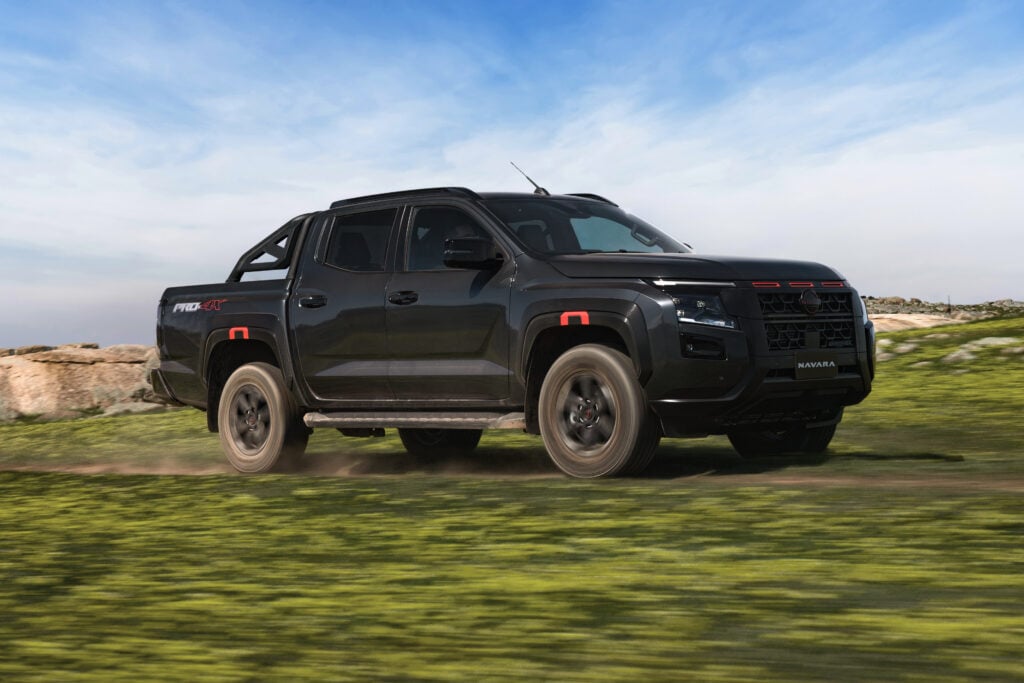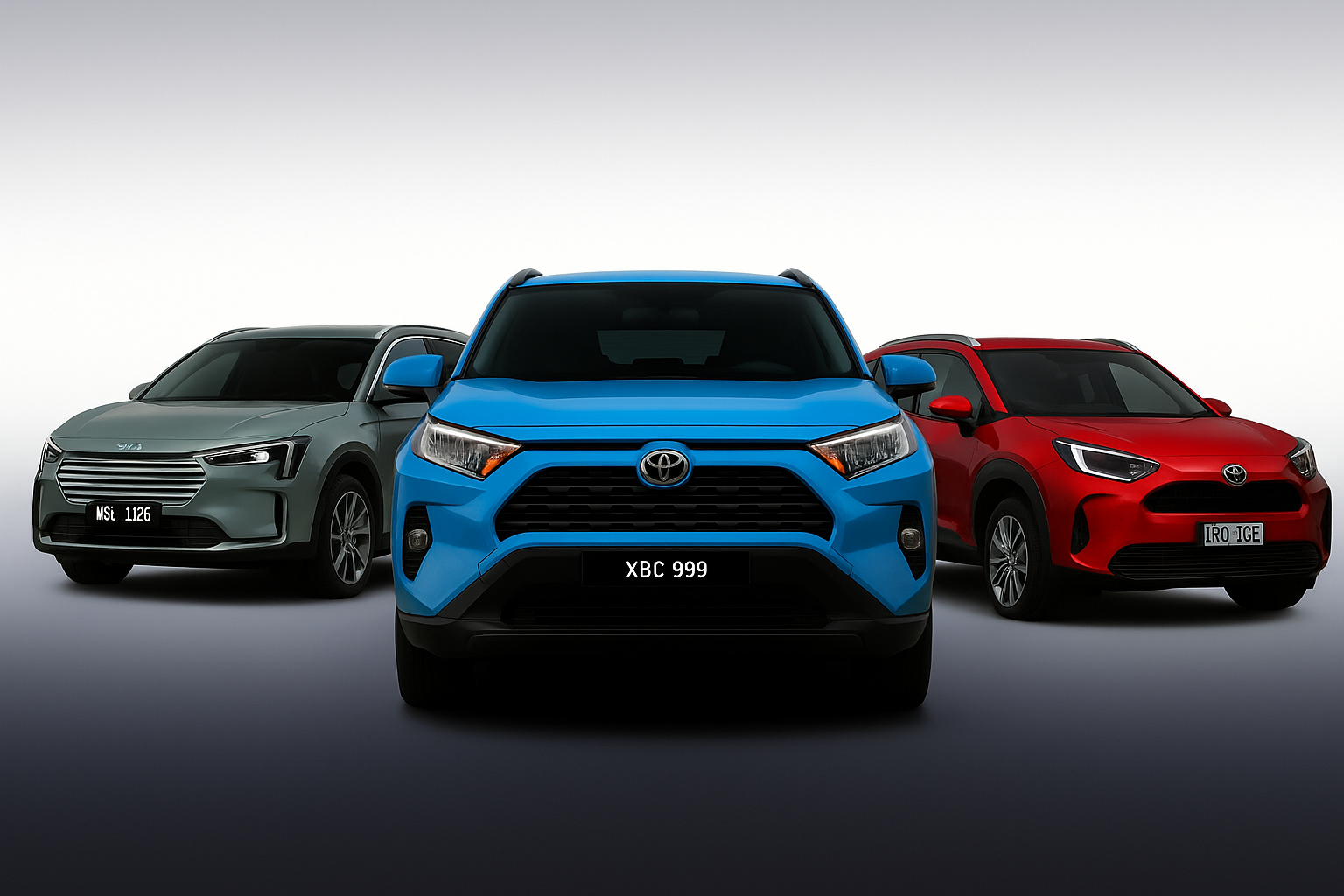
All Australian families know transport is a significant financial burden on the family budget, especially during today’s cost-of-living crisis. With everyday essentials rising in price, the high costs of owning and running a vehicle – fuel, insurance, maintenance and loan repayments – are putting households under even greater financial pressure.
At the same time, the pressing need to reduce carbon emissions butts up against Australians’ appetite for larger, more expensive and less fuel-efficient vehicles like SUVs, escalating both household costs and environmental impact.
With those concerns in mind, what are the 10 most fuel efficient non-PHEV/EV SUVs on sale in Australia? Here’s the WhichCar guide:
Toyota Yaris Cross 2WD and Lexus LBX: 3.8L/100km
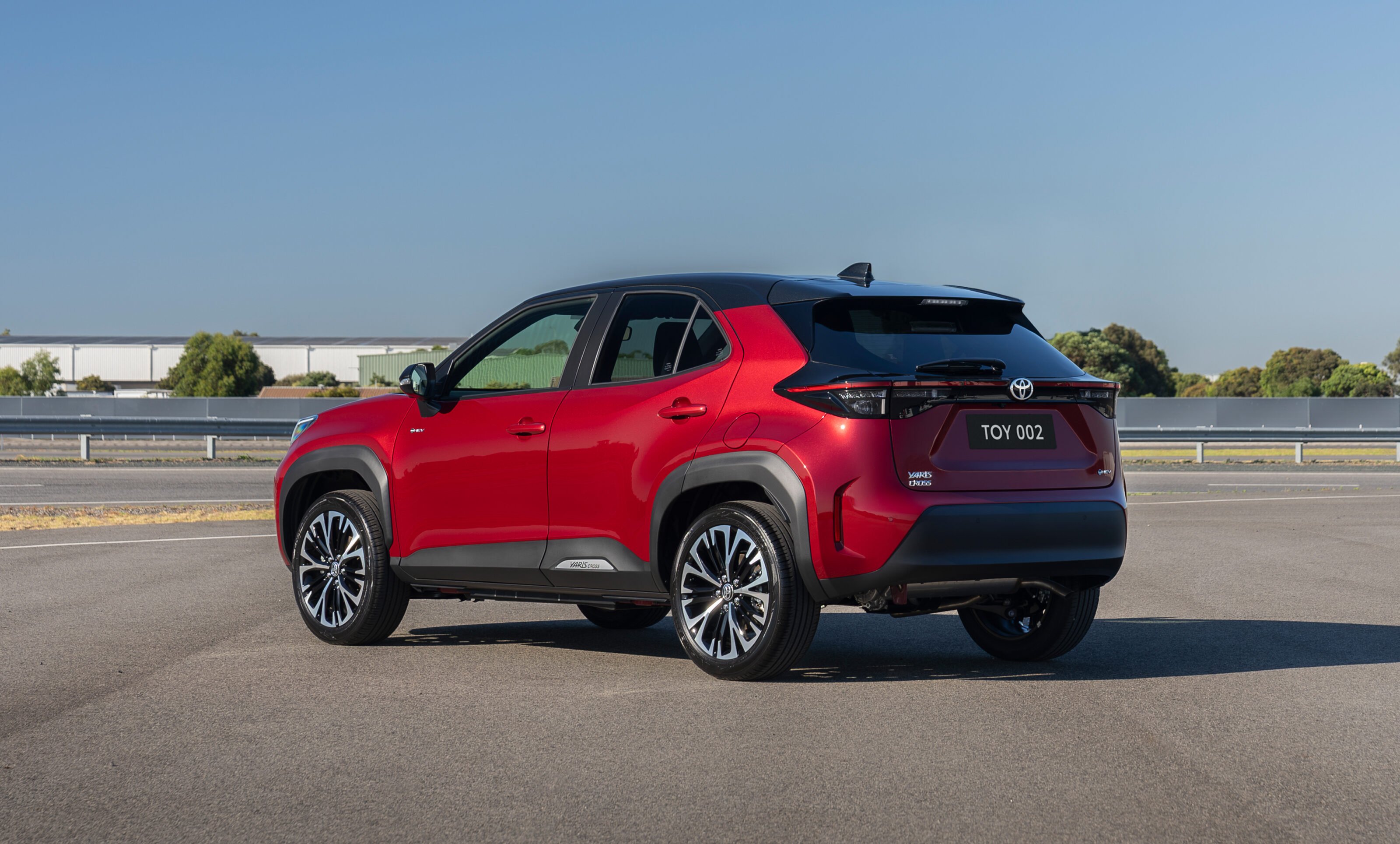
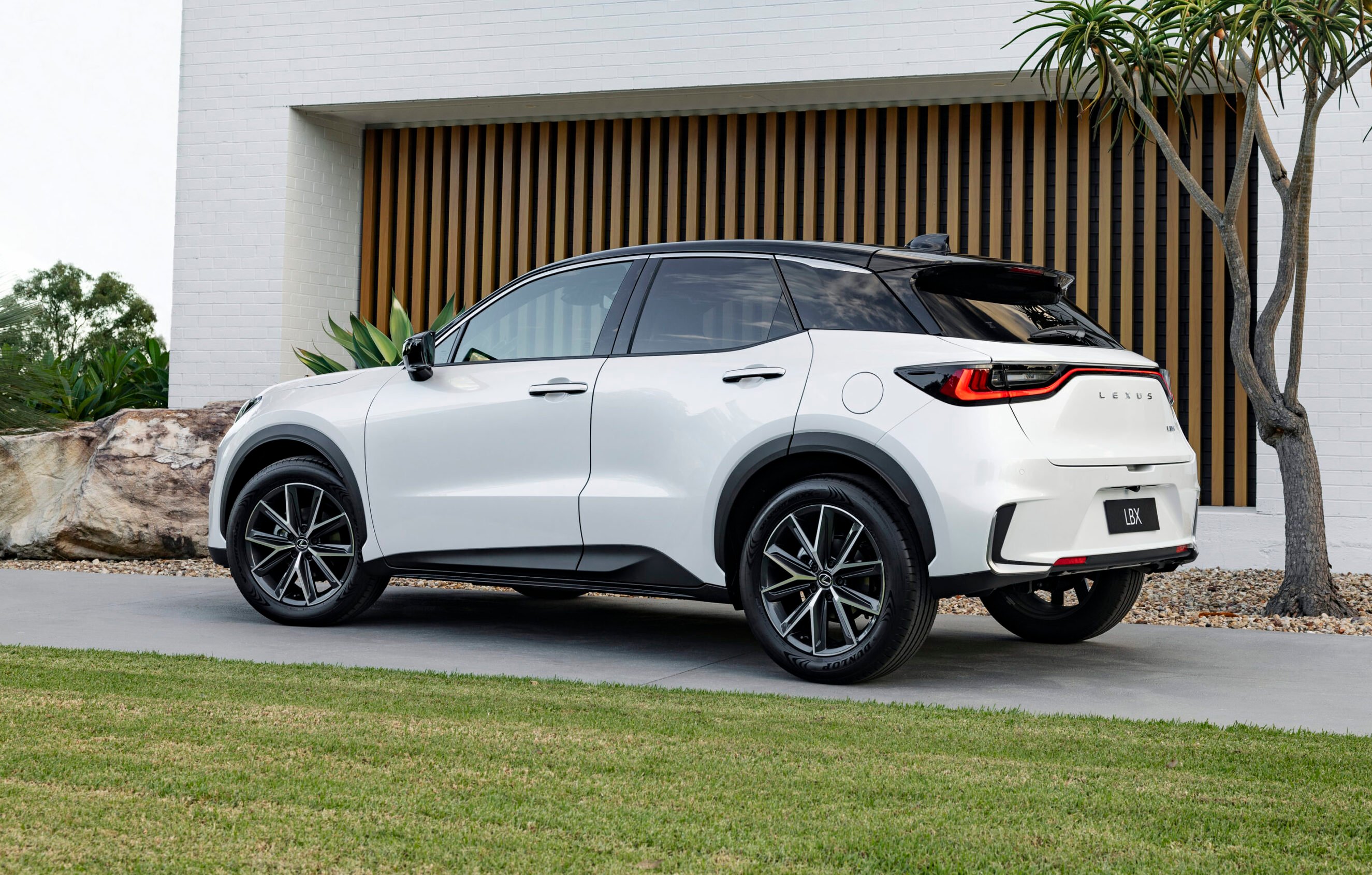
Flexing Toyota’s muscle in hybrid vehicle efficiency, the Yaris Cross small SUV and its Lexus LBX luxury cousin, are the most fuel efficient SUVs in Australia with a claimed combined fuel consumption rating of just 3.8L/100km. Both also have very low CO2 emissions: 86g/km for the Yaris Cross and 85g/km for the LBX.
Both use a 1.5-litre three-cylinder petrol hybrid drivetrain making 85kW of total power in the Yaris Cross and 100kW in the LBX. The Yaris Cross is priced from $31,790 plus on-road costs and the LBX $47,550 +ORC, though both have more expensive and better equipped grades for buyers to choose. Using the same platform, both the Yaris Cross and LBX drive well and they’re practical for their size as well.
Hyundai Kona Hybrid: 3.9L/100km
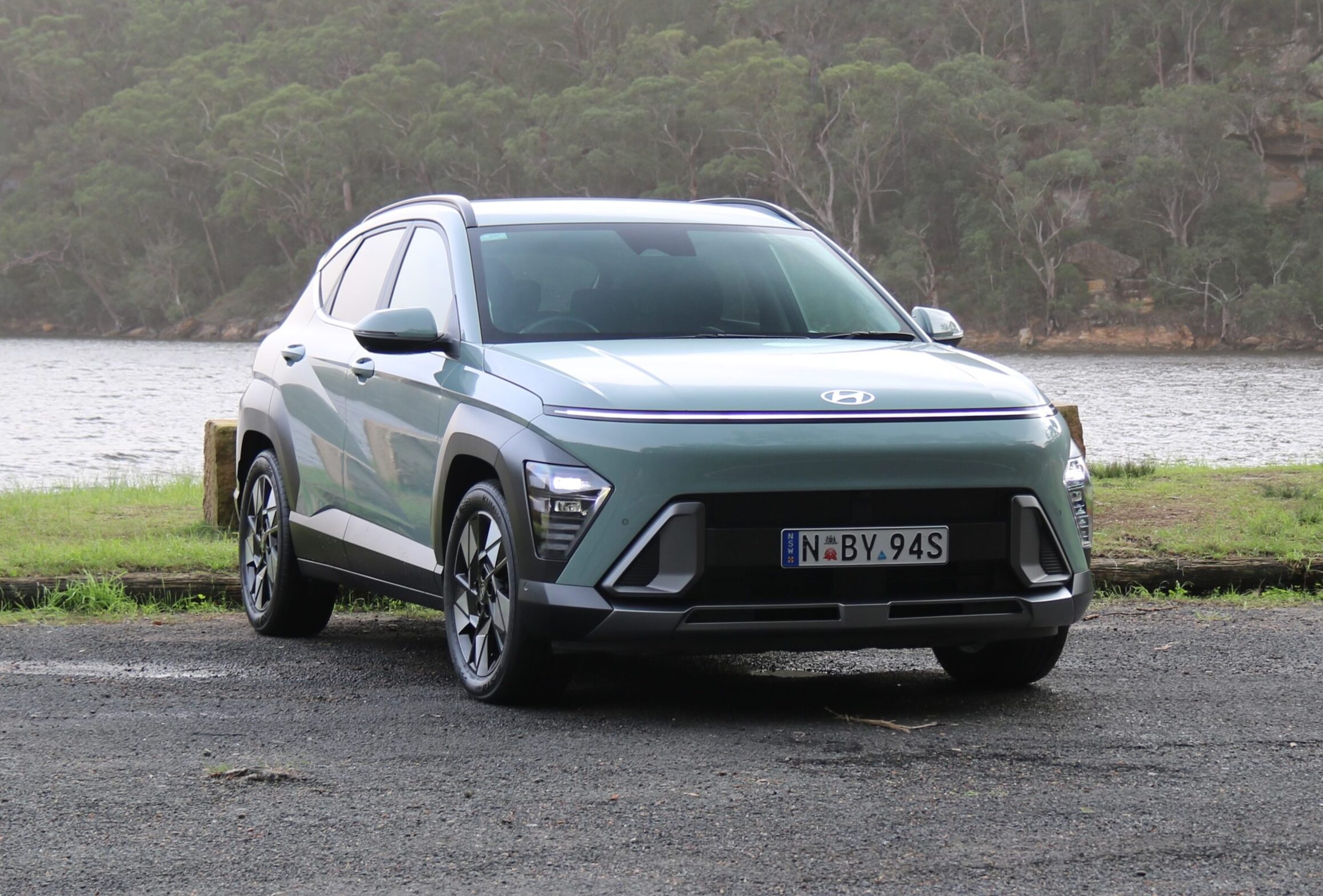
Coming in just behind the Yaris Cross and LBX is the Hyundai Kona Hybrid, which uses a 1.6-litre four-cylinder hybrid drivetrain for a claimed combined fuel consumption rating of just 3.9L/100km and combined CO2 emissions of 88g/km.
The Kona Hybrid is priced from $36,500 +ORC and is also available in sportier-looking N Line and more luxurious Premium forms for buyers wanting more features. Unlike the Toyota hybrids, the Kona uses a six-speed dual-clutch automatic transmission for a refined and natural driving feel, and the Kona is also quite well equipped across the range.
Toyota Yaris Cross AWD, Toyota C-HR and Kia Niro Hybrid: 4.0L/100km
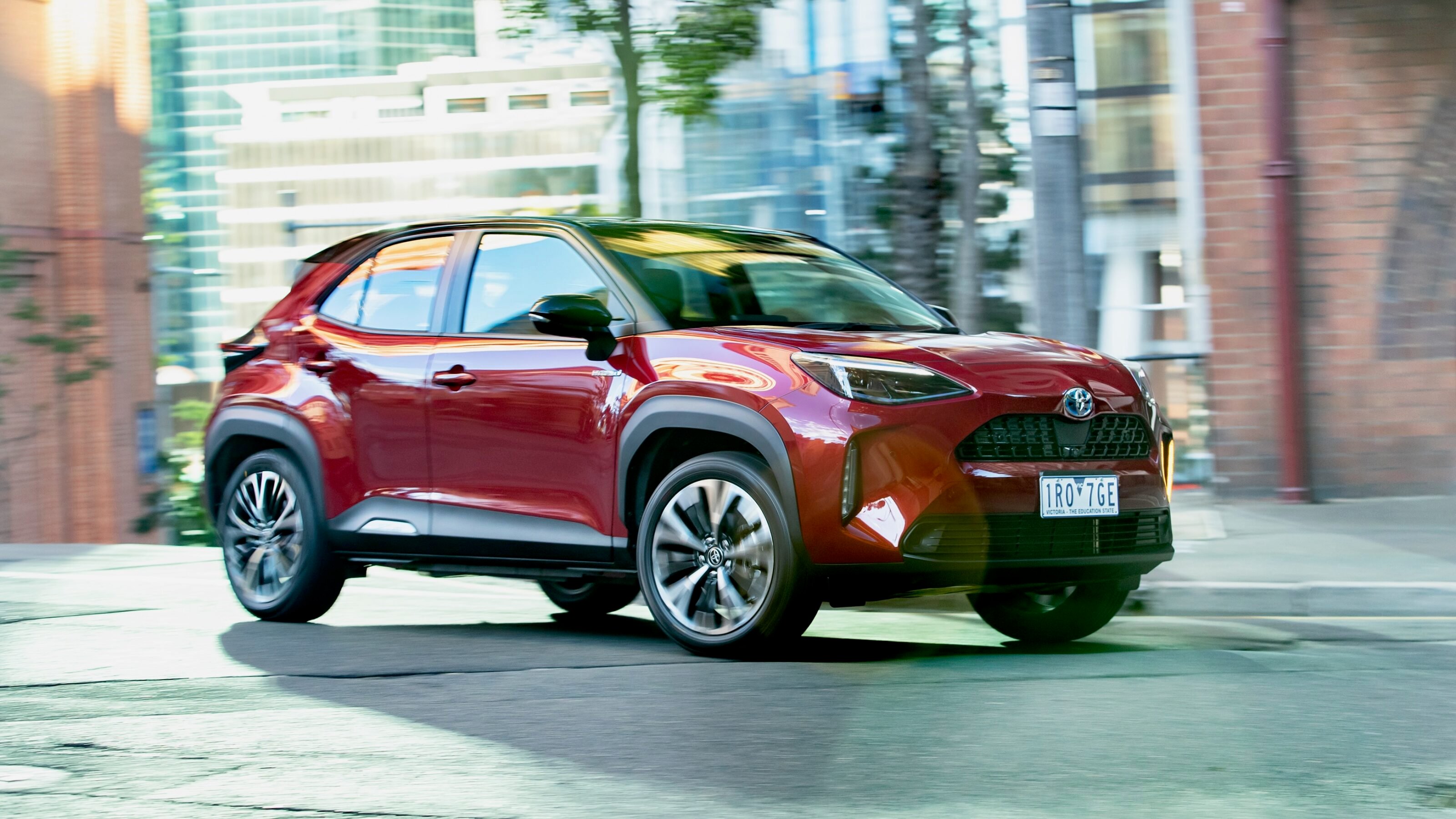
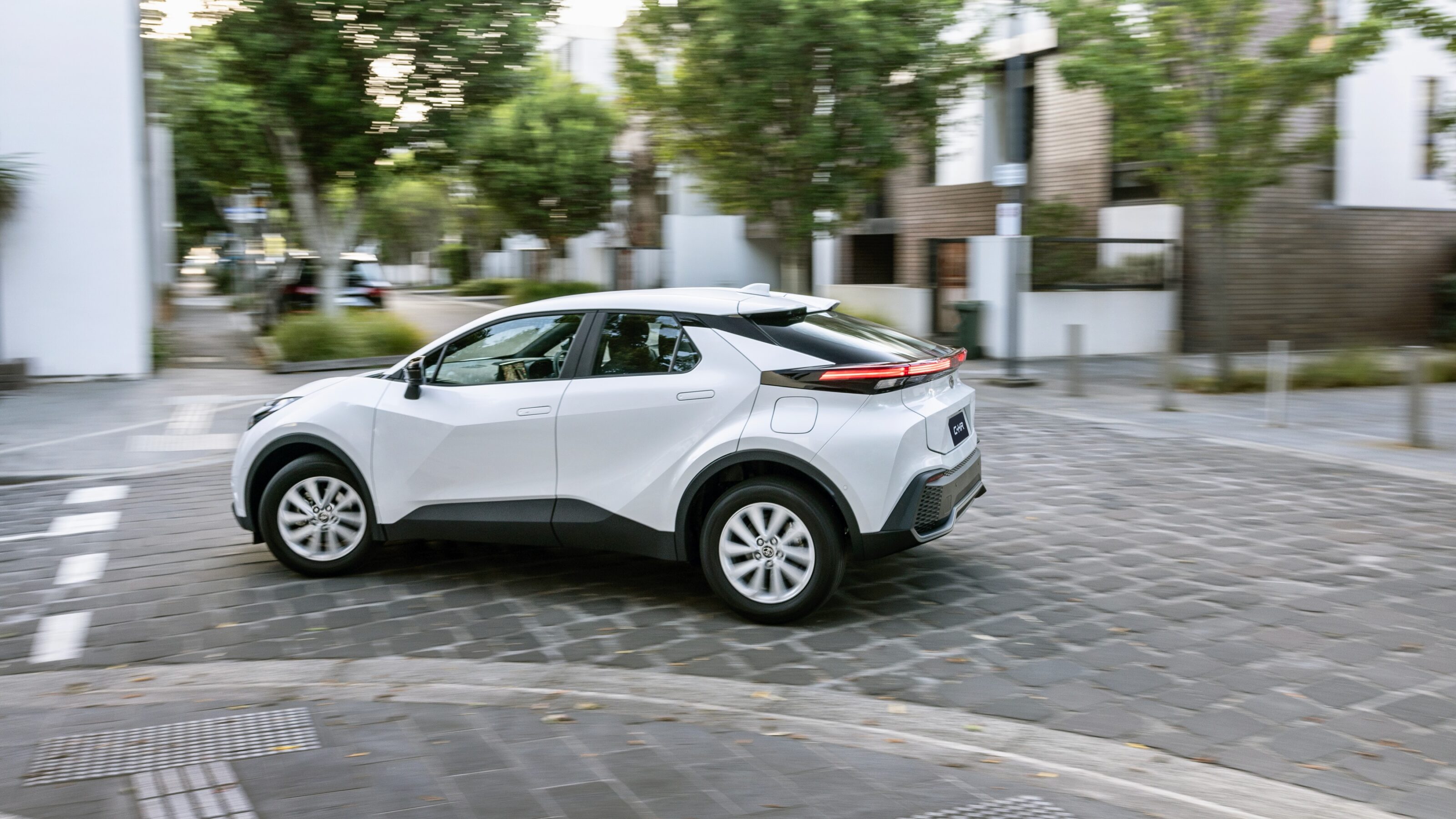
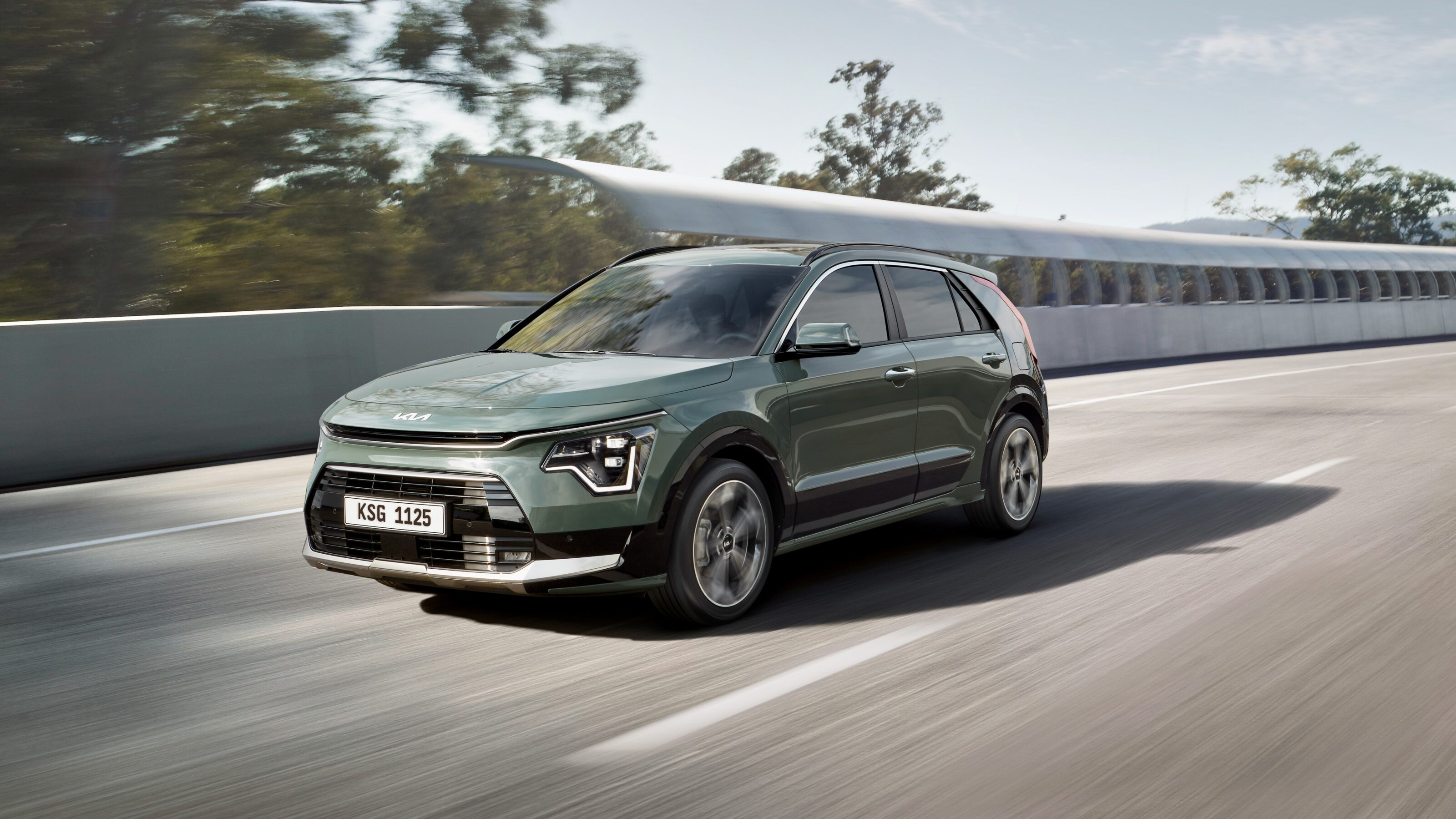
Rounding out the top three are the all-wheel drive version of the Yaris Cross, the slightly larger Toyota C-HR and the Kona’s Kia Niro cousin. Unlike most all-wheel drive cars on the market, the Yaris Cross employs an electric motor on the rear axle so that there’s no mechanical link between the front and rear wheels. As a result, its rating is just 0.2L/100km above the front-drive version and for keener drivers, the AWD replaces the 2WD model’s torsion beam with an independent set up for better ride and handling – though, also, a smaller boot.
The larger C-HR (priced from $42,990 +ORC) uses a 103kW 1.8-litre hybrid drivetrain, yet gets the same 4.0L/100km rating as the Yaris Cross. And priced from $45,000 +ORC is the Kia Niro Hybrid, which uses a 104kW 1.6-litre hybrid drivetrain with a six-speed dual-clutch automatic transmission. Importantly, all three drive quite well – especially the Kia with its locally tuned suspension and geared transmission making it feel more natural to drive than Toyota’s e-CVT.
Toyota C-HR GR Sport: 4.1L/100km
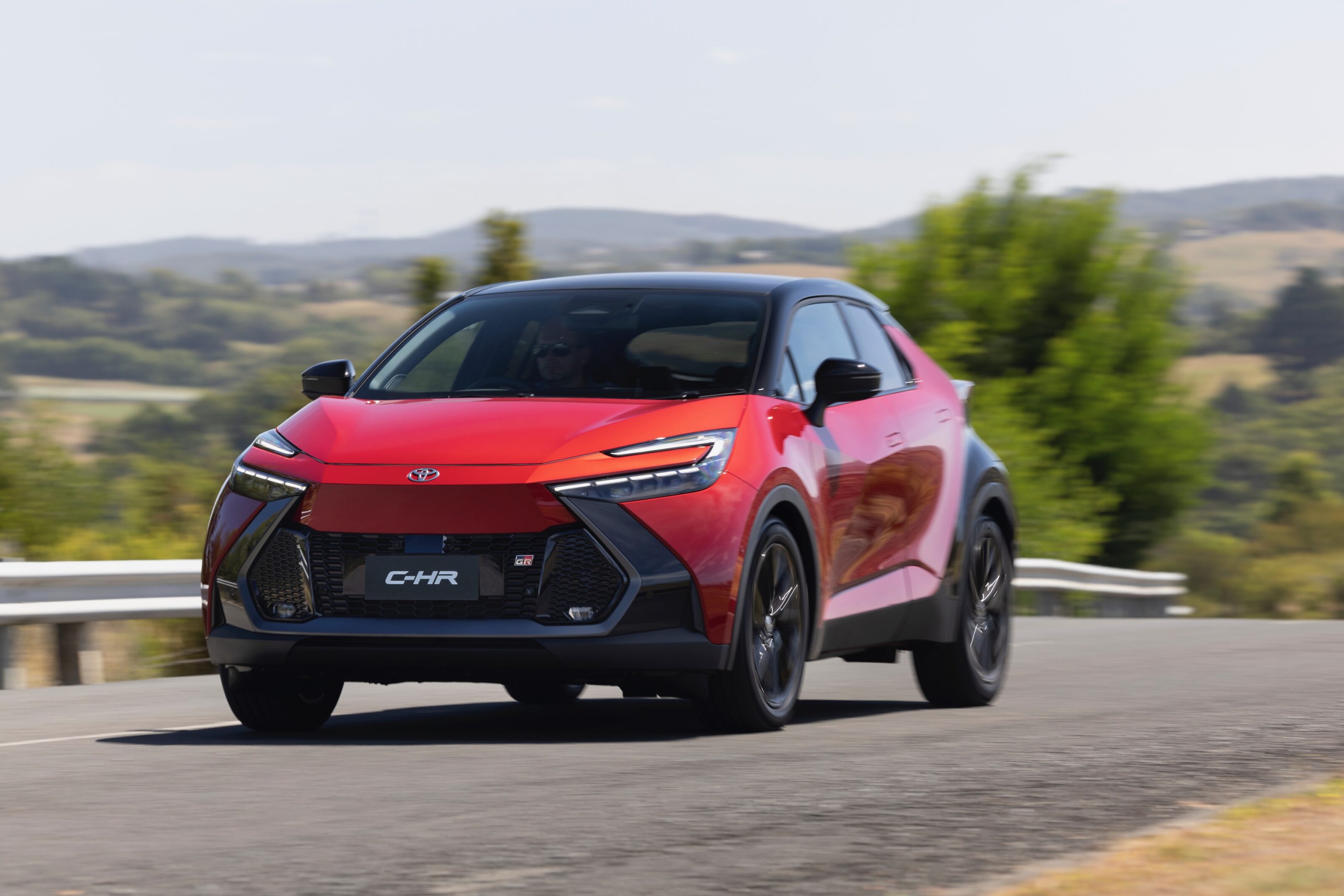
Despite the extra 43kW that the larger 2.0-litre hybrid drivetrain in the C-HR GR Sport produces versus the smaller 1.8-litre hybrid system in lesser C-HR models – 146kW versus 103kW – it officially only uses 0.1L/100km more of fuel at just 4.1L/100km. The C-HR GR Sport is rated at 94g/km for CO2 emissions as well.
The 2.0-litre C-HR is also a lot quicker than the 1.8L and because of the added performance, it’s also more enjoyable to drive, proving that you can have your cake and eat it too. Priced from $54,990 +ORC, the C-HR GR Sport is not cheap, but it is quite fuel efficient.
Lexus UX300h: 4.2L/100km
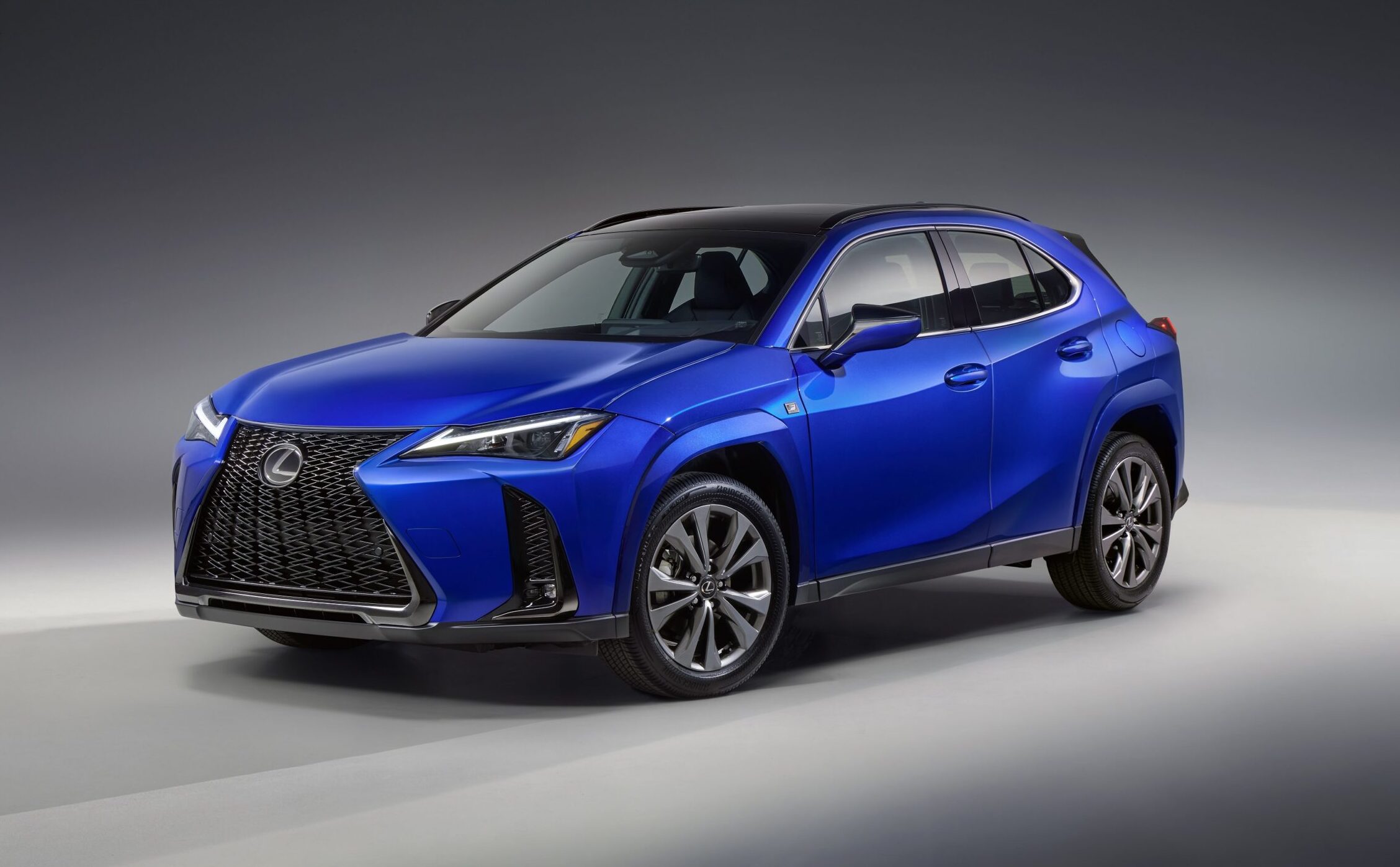
Using the same 2.0-litre hybrid drivetrain as the C-HR GR Sport, the Lexus UX300h – formerly UX250h – is rated at just 4.2L/100km and 99g/km for CO2 emissions.
Pricing for the UX300h starts at $55,370 +ORC for the entry-level Luxury – just $380 more than the C-HR GR Sport – and extends to $73,210 +ORC for the top-spec F Sport.
Toyota Corolla Cross 2WD, MG3 Hybrid+, Honda HR-V Hybrid: 4.3L/100km
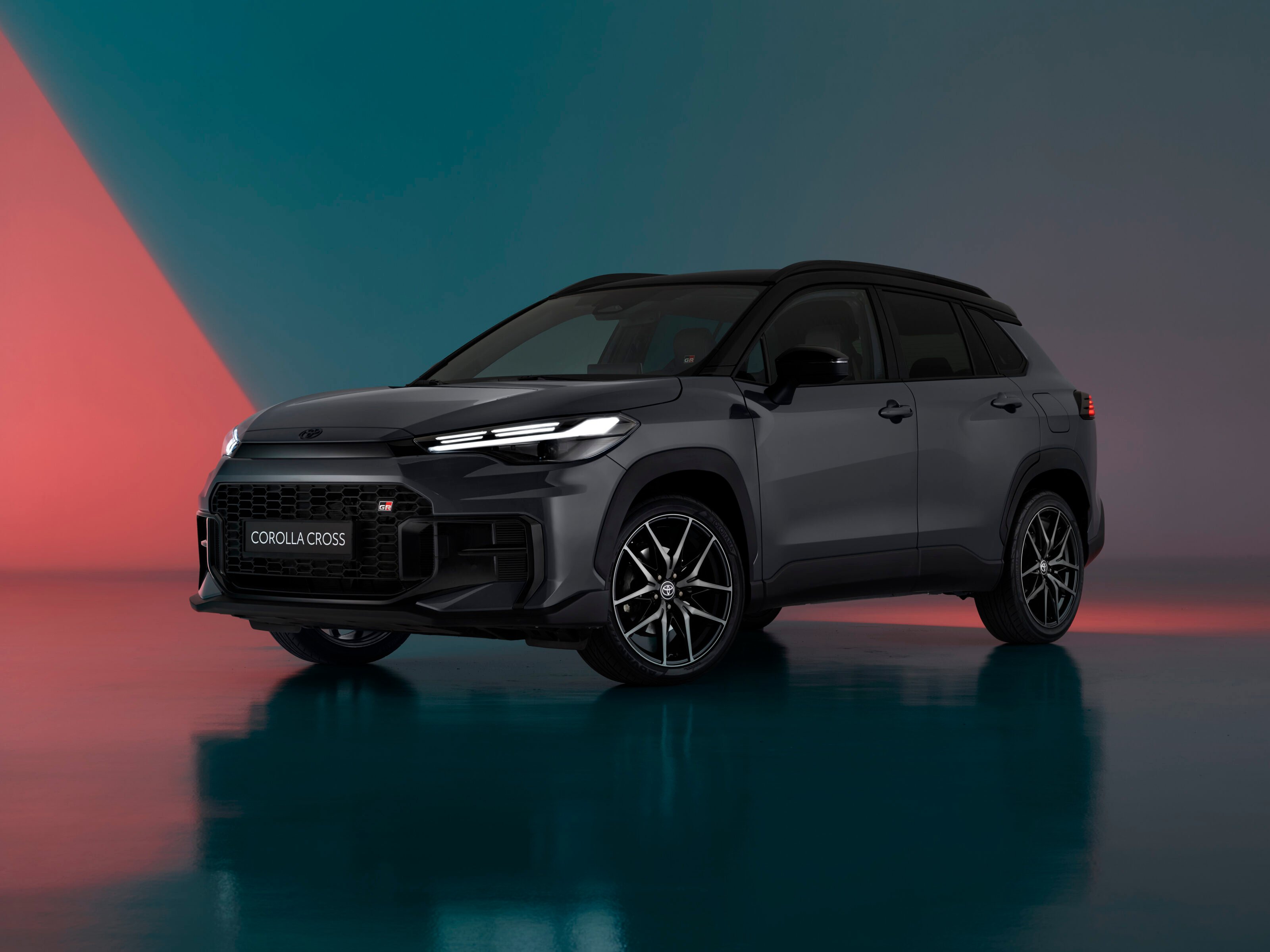

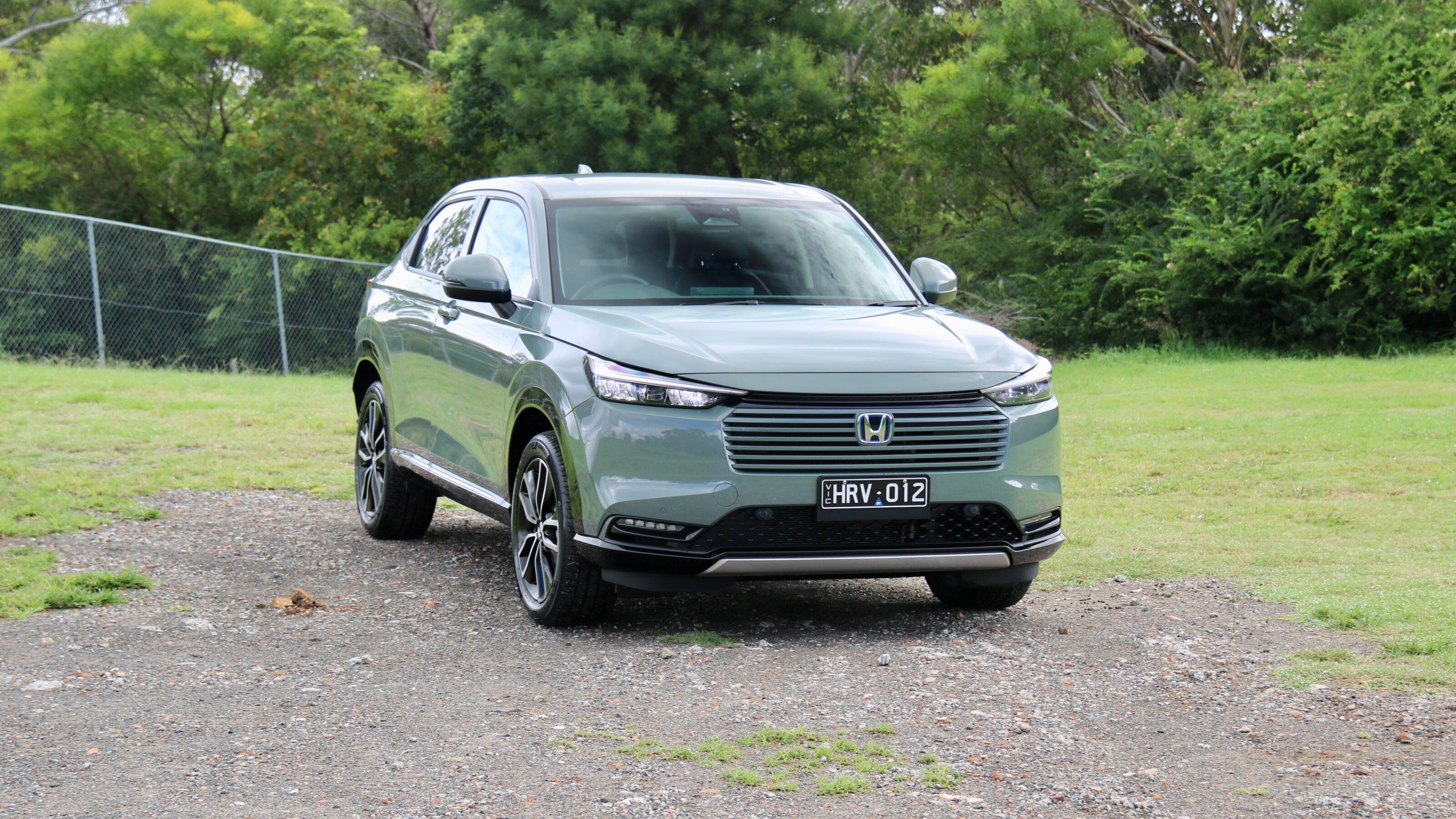
The Corolla Cross ’ 2.0-litre hybrid system is both powerful and frugal, though its larger body makes it thirstier than the C-HR with the same drivetrain.
MG’s hybrid small hatch puts it on the list for the first time, with its new hybrid system making a healthy 150kW of power – yet officially using just 4.3L/100km.
Honda makes it to this list with the HR-V Hybrid small SUV, which uses a 1.5-litre hybrid drivetrain making 96kW of power and an insanely practical body.
Toyota Corolla Cross AWD and Peugeot 2008 Hybrid: 4.4L/100km

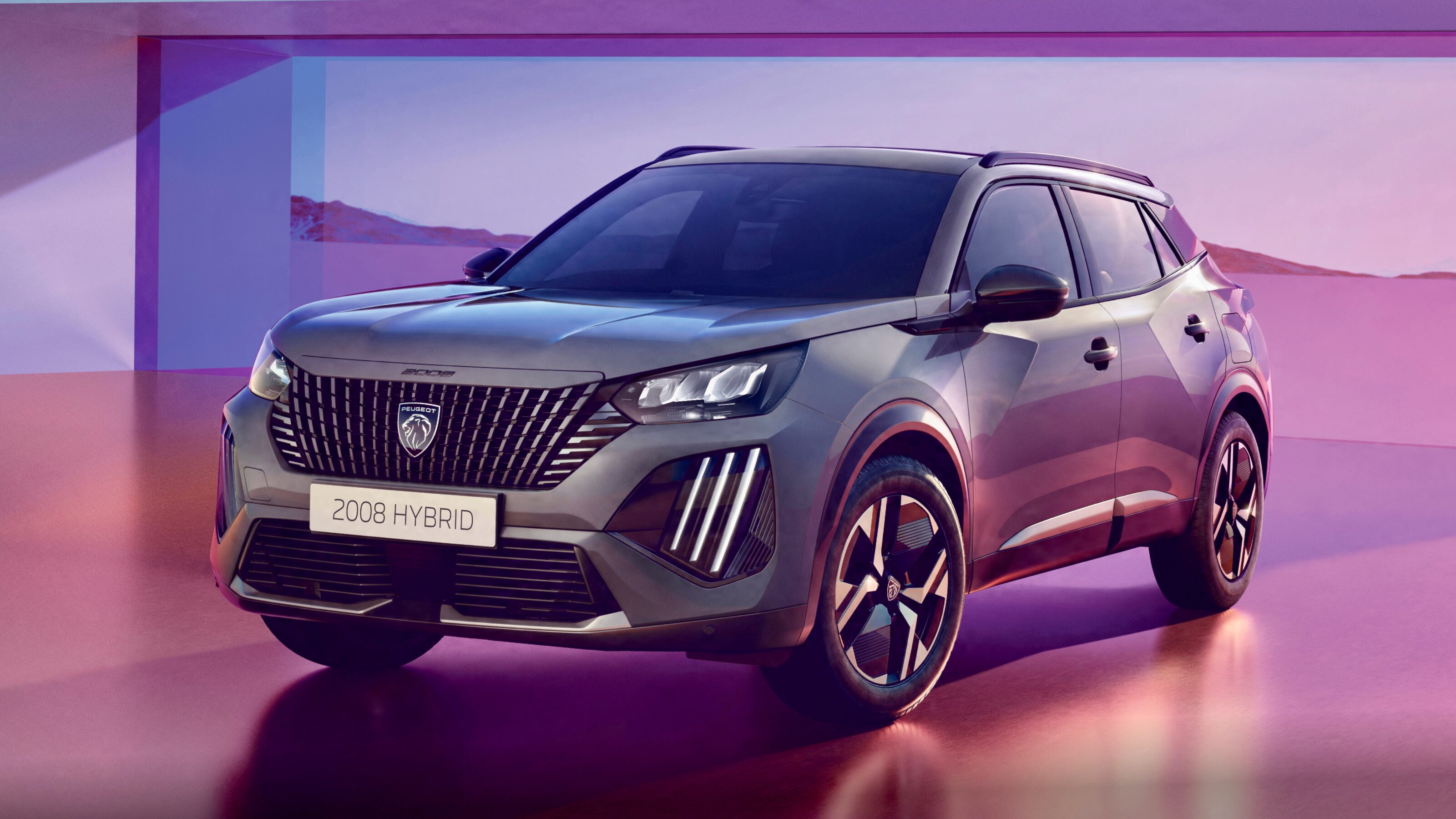
The all-wheel drive Corolla Cross is slightly less frugal than the two-wheel drive model – not enough to likely notice in the real world, however – and it’s the same story with the 2008, which is 0.2L/100km off its lower 308 sibling.
While the Corolla Cross uses a naturally aspirated 2.0-litre engine, the 2008 uses a turbocharged 1.2-litre hybrid drivetrain mated to a six-speed dual-clutch drivetrain for the same 4.4L/100km rating. Helping running costs for the Corolla Cross is that it runs on 91RON regular unleaded – but the 2008 must be filled with minimum 95RON premium unleaded.
Toyota RAV4 2WD, MG ZS Hybrid+ and Peugeot 408 Hybrid: 4.7L/100km
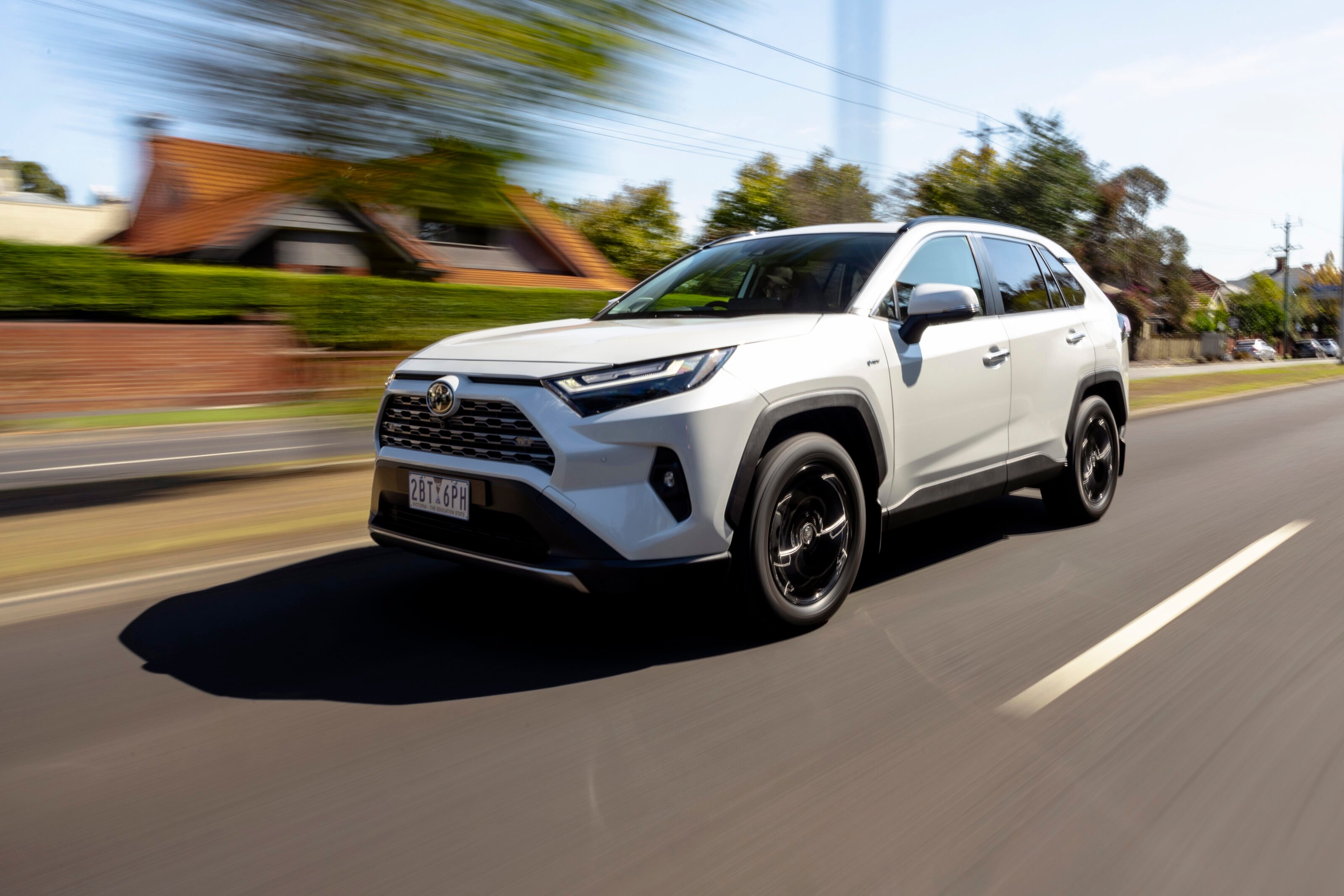
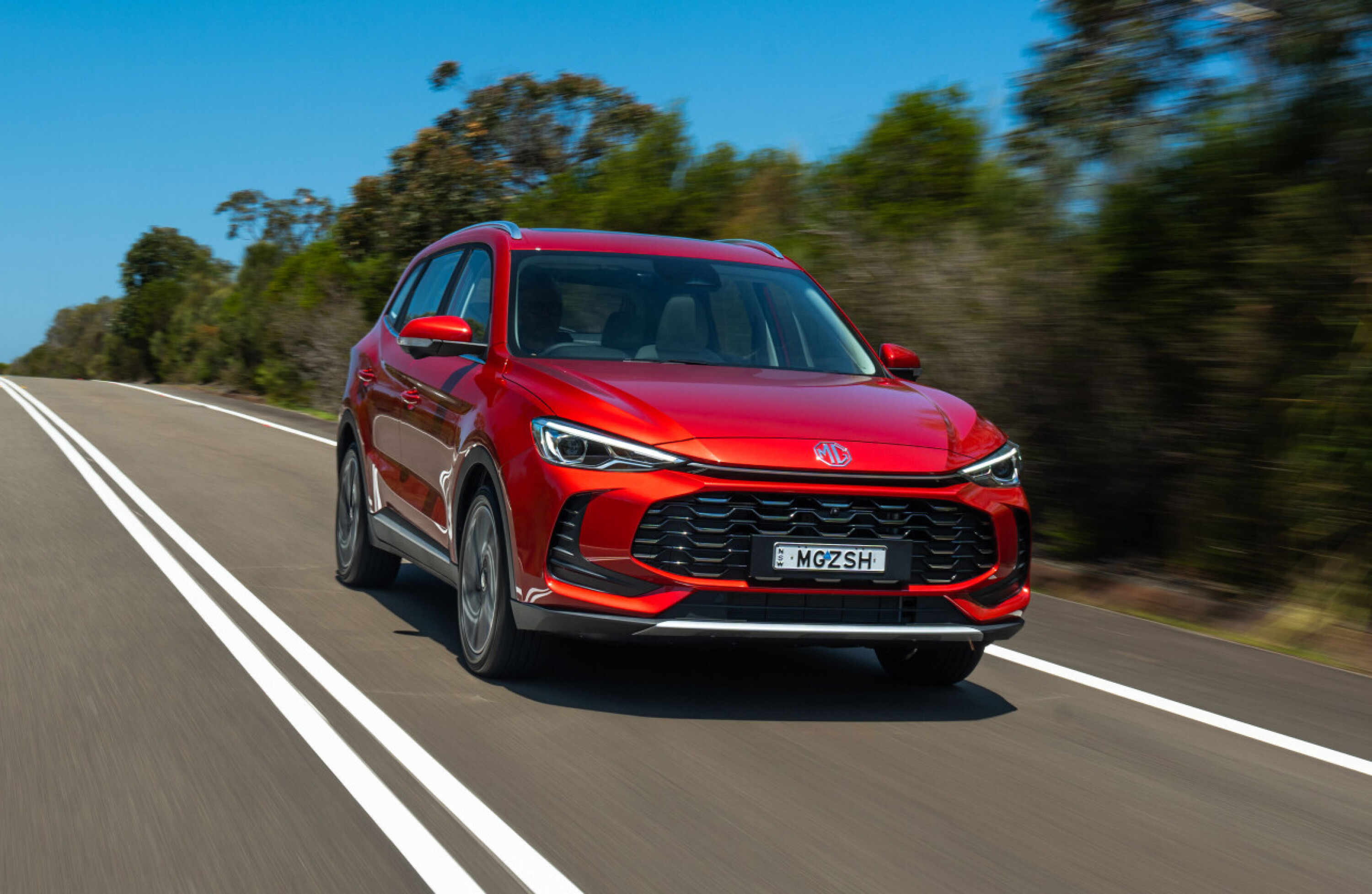
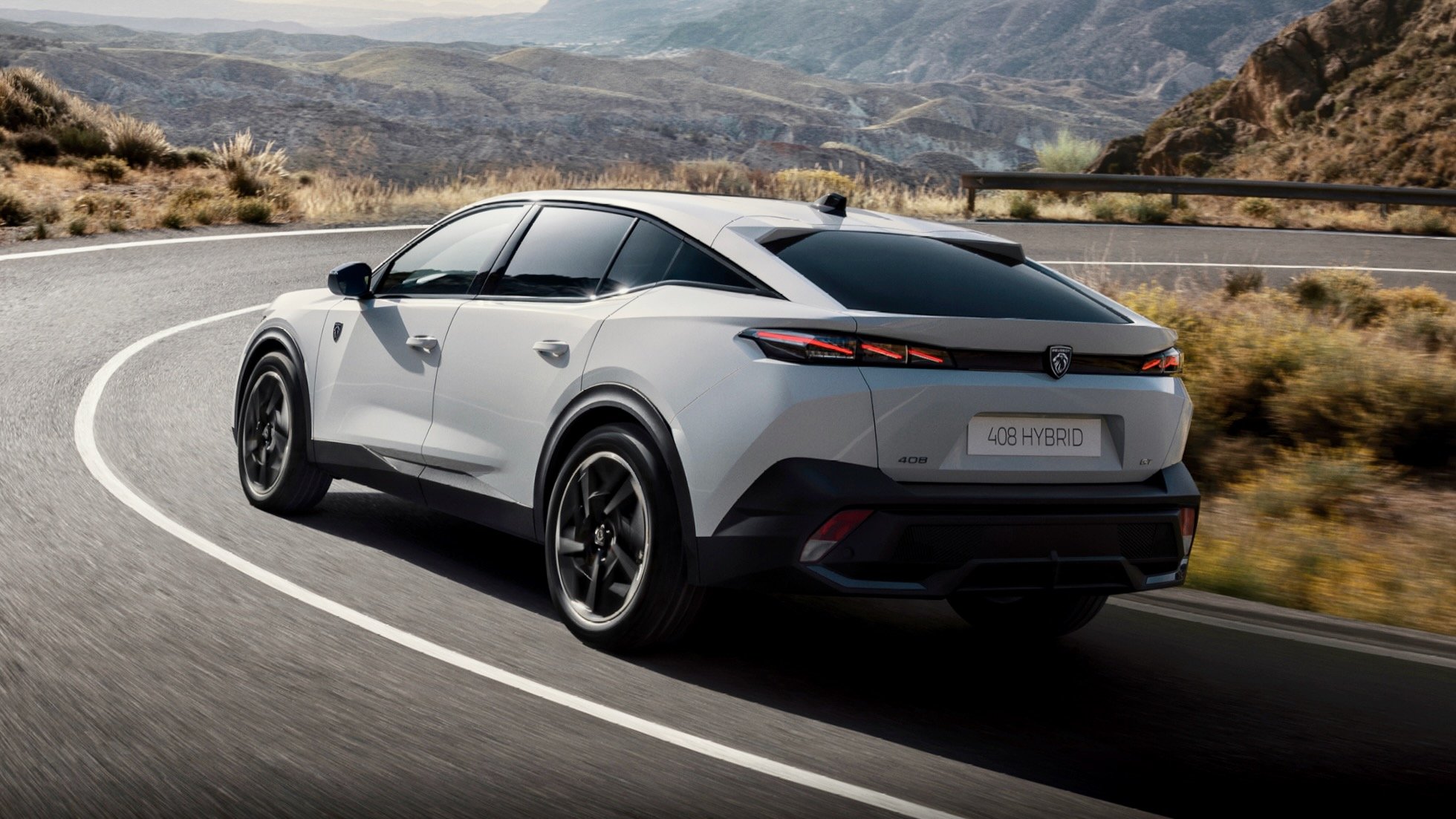
Toyota’s best-selling product globally and in Australia – the RAV4 – makes it on to this list for the first time with impressive efficiency that is undoubtedly one of the reasons as to why it’s so popular. It also runs on regular unleaded fuel, helping running costs, and pricing starts at $42,260 +ORC.
The new MG ZS Hybrid – from $33,990 drive away – is also impressively frugal, using the MG3’s hybrid system but only rated at 0.4L/100km more, and yet another Peugeot makes it on to the list: the $57,990 +ORC 408 coupe SUV with its new 1.2-litre turbo-petrol hybrid system, which has just launched in Australia.
Toyota RAV4 AWD and Audi Q5 35 TDI: 4.8L/100km
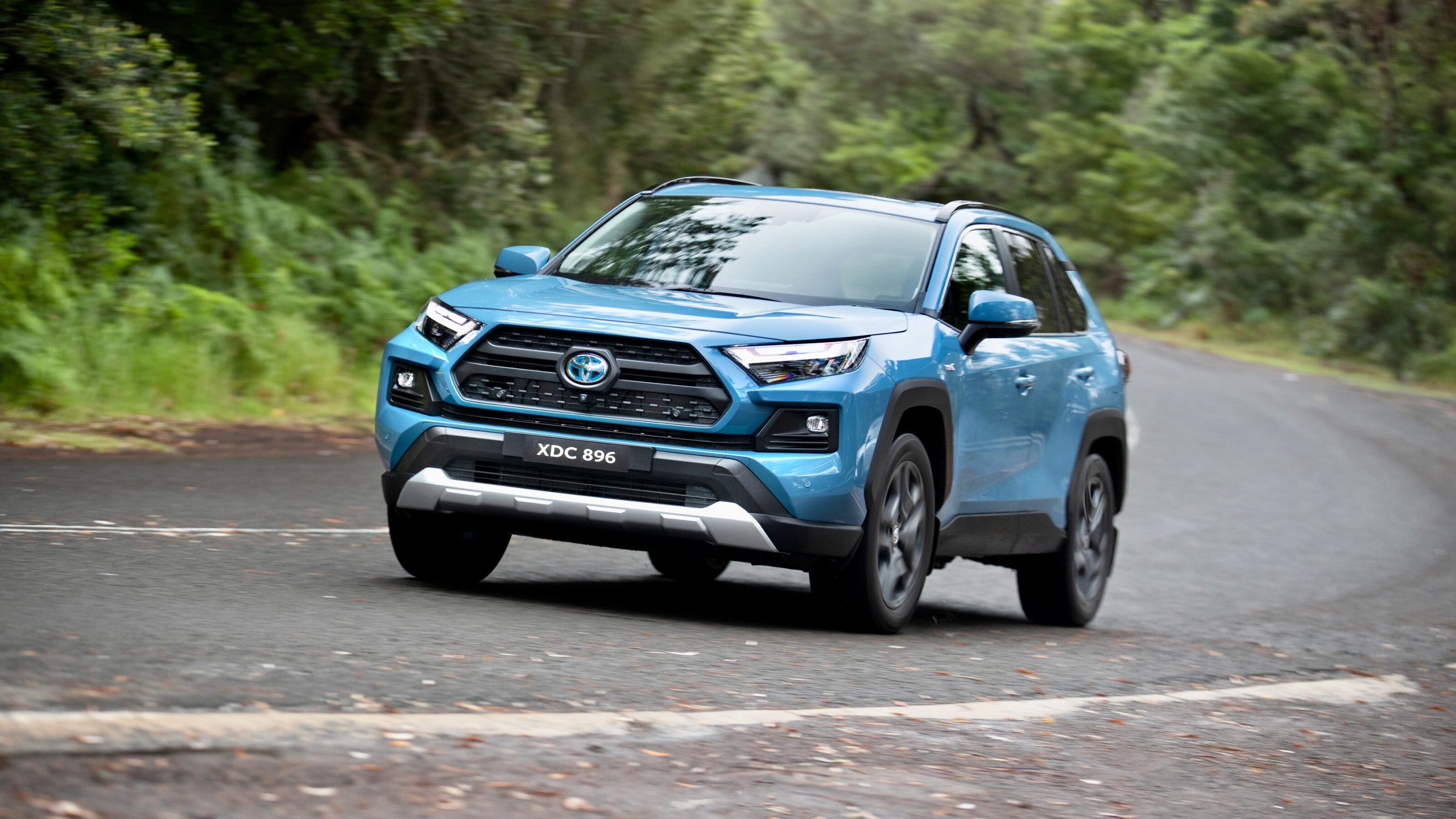
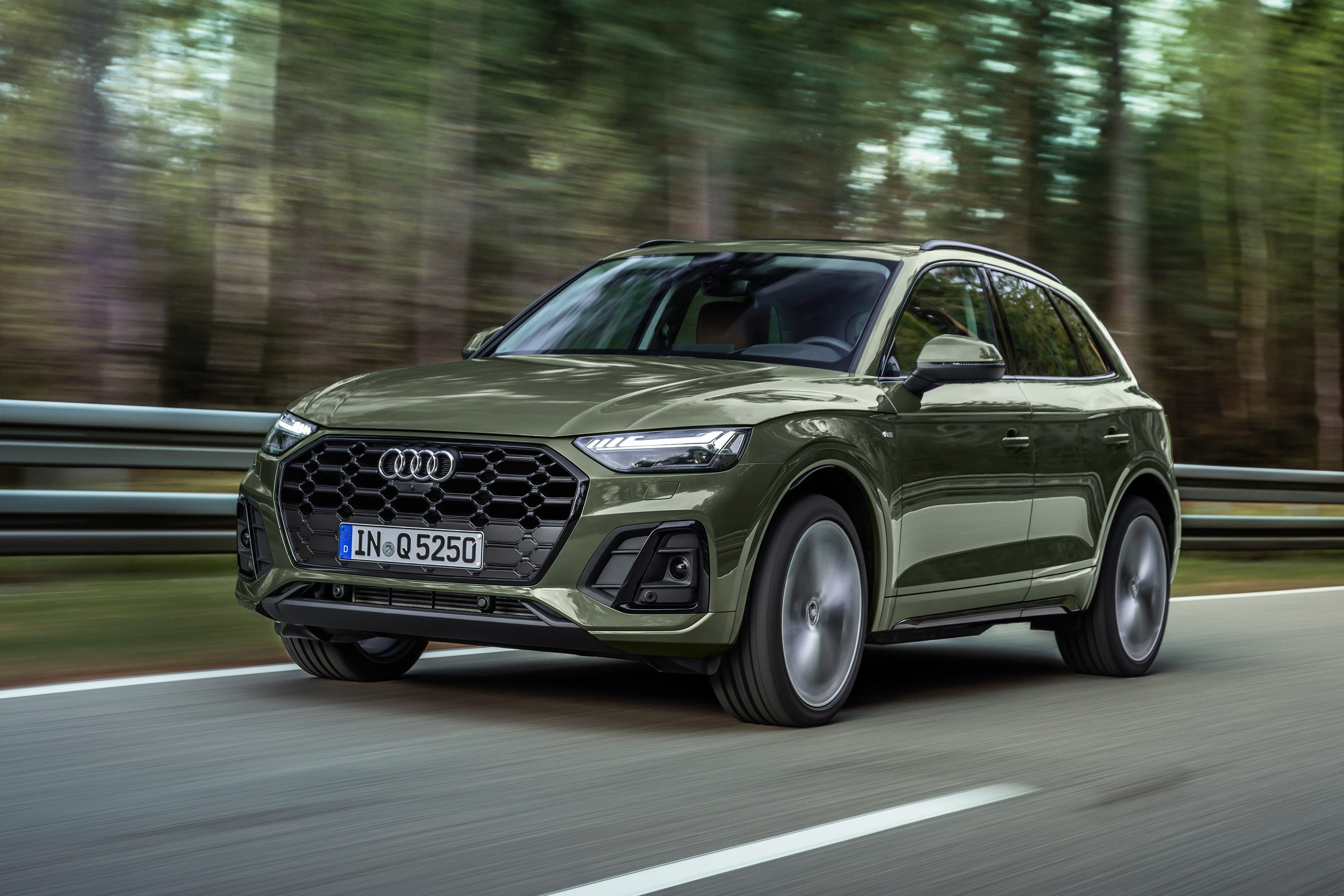
The all-wheel drive RAV4 is a touch thirstier than the front-wheel drive model at 4.8L/100km because of its extra weight, but still impressively frugal. Like other all-wheel drive hybrid Toyota models, the RAV4’s rear axle motor is electric, saving both weight and fuel compared to mechanical set ups.
The only German car on this list is the entry-level front-wheel drive Audi Q5 35 TDI , which proves that you don’t need a hybrid system to be ultra efficient. It uses a 120kW 2.0-litre turbo-diesel and thanks to its 65-litre fuel tank, is capable of travelling more than 1300km on a tank of fuel.
Kia Sportage Hybrid 2WD and Peugeot 3008 Hybrid: 4.9L/100km
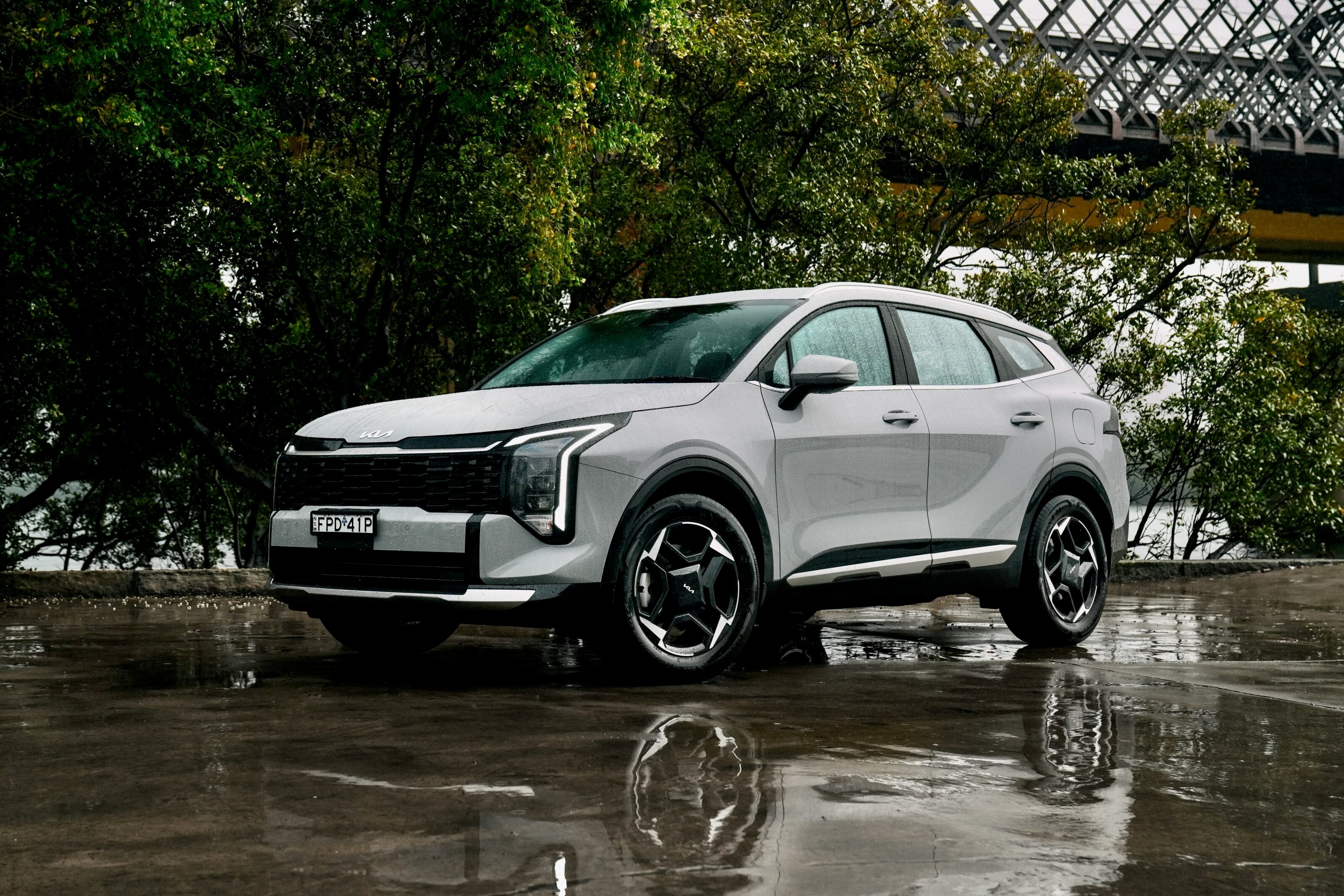
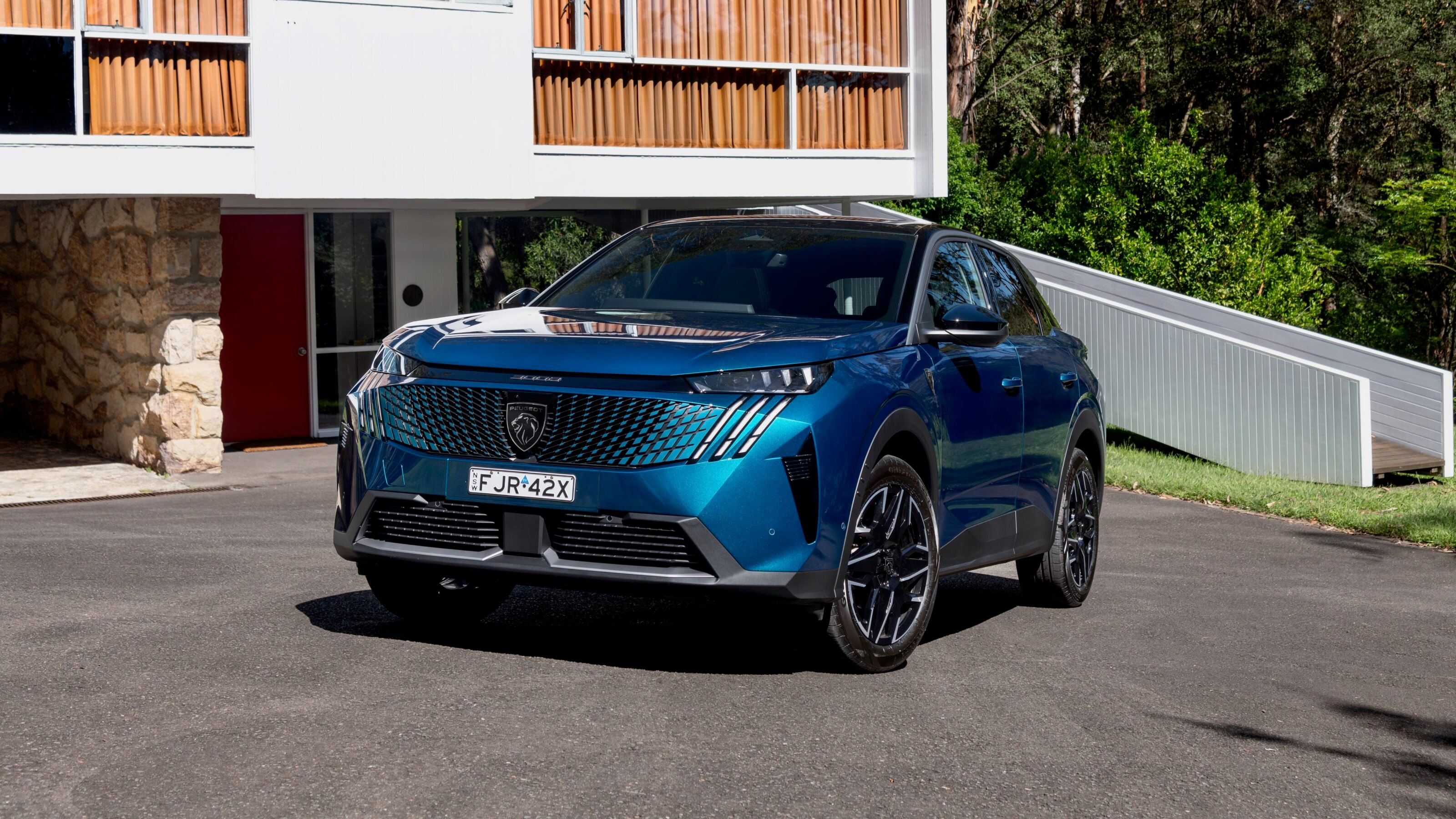
Finally, we have three more hybrids rounding up the list of most fuel efficient SUVs in Australia: the Kia Sportage and Peugeot 3008, both of which are rated at 4.9L/100km. The Sportage, priced from $46,450 +ORC, uses a turbocharged 1.6-litre four-cylinder hybrid drivetrain paired with a six-speed automatic transmission and just 4.9L/100km on a combined cycle.
The Peugeot 3008, on the other hand, uses a smaller turbocharged 1.2-litre three-cylinder petrol engine tied to a mild-hybrid system and six-speed dual-clutch transmission. It’s priced from $52,990 +ORC and uses the same 4.9L/100km of fuel with claimed CO2 emissions of just 113g/km – 2g/km more than the Sportage Hybrid.
While regular cars can be more fuel efficient, there still a large number of very efficient SUVs of different sizes, mostly thanks to hybrid drivetrains, proving that if you’re after a cost-effective and planet-friendly SUV, there’s a lot of choice.

